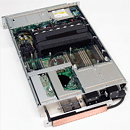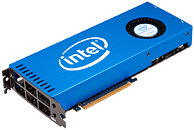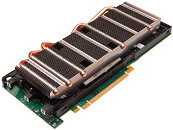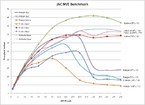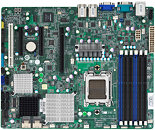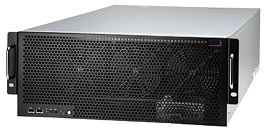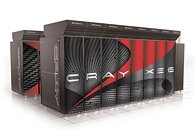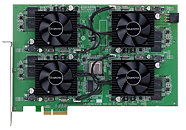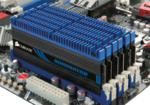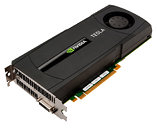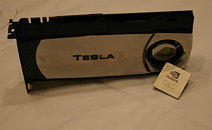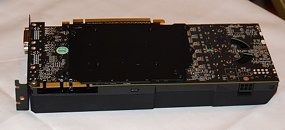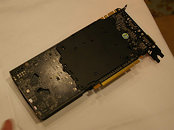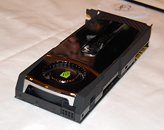Supermicro Launches 100+ New Generation Server Solutions
Super Micro Computer, Inc., a global leader in high-performance, high-efficiency server technology and green computing unveils its new generation server platforms supporting the Intel Xeon processor E5-2600/1600 families at CeBIT 2012 in Hannover, Germany this week. This comprehensive product launch showcases the vast array of systems, serverboards and computing solutions Supermicro has deployed delivering higher performance with Intel's newest 8 core, 16 thread processors.
Debuting alongside this launch are innovative, free-air cooled systems designed to withstand 47 C operating temperature environments that make it easier to achieve a better PUE (e.g., 1.05). In addition, Supermicro has created a new platform architecture dubbed "FatTwin", an evolution of Supermicro's Twin architecture, offering enhanced system cooling, power savings, lower TCO and ultimate flexibility to support any application or upgrade path. Major advances in high-efficiency (95%) Digital Switching power supplies and integrated UPS battery backup module technologies provide increased efficiency and high-availability for mission critical applications. When combined with full rack integration services and new Data Center Management software that manages health, power and maintenance of servers in large deployments, Supermicro provides the most complete, scalable computing solutions with maximized performance and the highest levels of efficiency.
Debuting alongside this launch are innovative, free-air cooled systems designed to withstand 47 C operating temperature environments that make it easier to achieve a better PUE (e.g., 1.05). In addition, Supermicro has created a new platform architecture dubbed "FatTwin", an evolution of Supermicro's Twin architecture, offering enhanced system cooling, power savings, lower TCO and ultimate flexibility to support any application or upgrade path. Major advances in high-efficiency (95%) Digital Switching power supplies and integrated UPS battery backup module technologies provide increased efficiency and high-availability for mission critical applications. When combined with full rack integration services and new Data Center Management software that manages health, power and maintenance of servers in large deployments, Supermicro provides the most complete, scalable computing solutions with maximized performance and the highest levels of efficiency.




